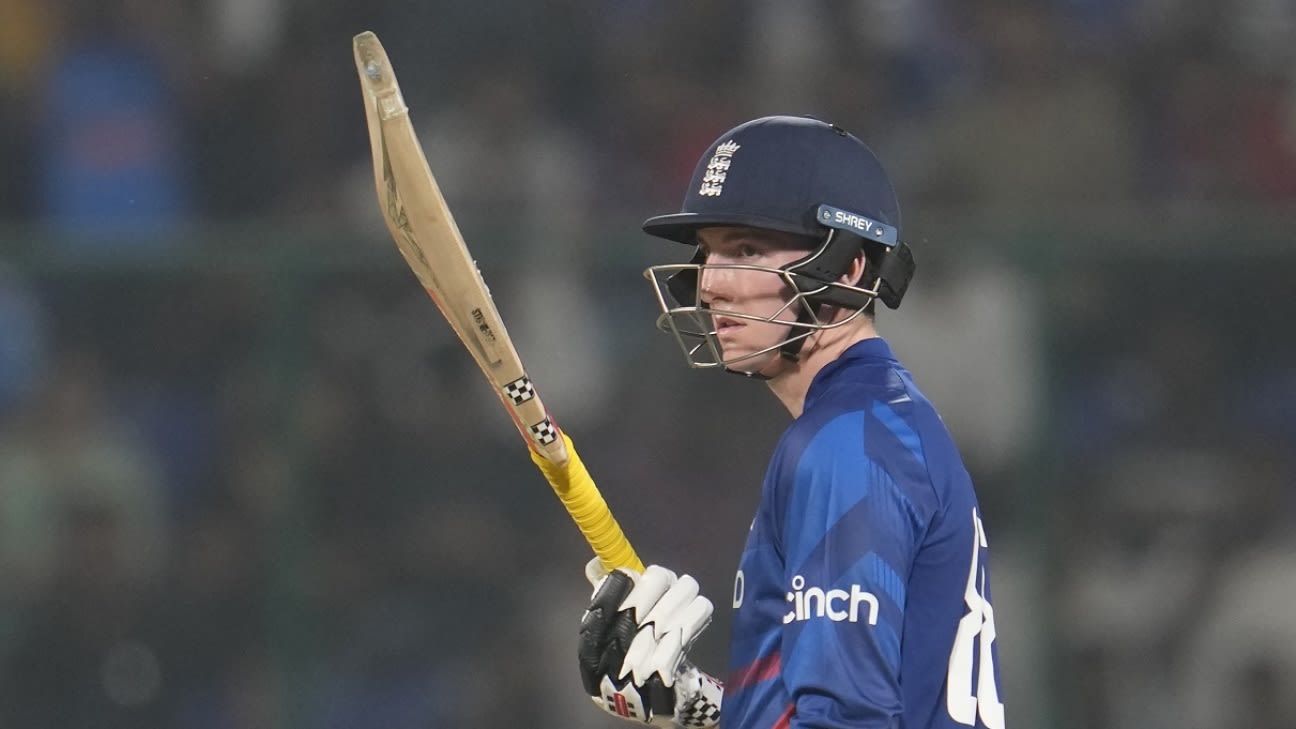England's itinerary madness leaves no room for white-ball reboot
Written by I Dig Sports
The logistical challenges continue through the rest of the year. If England wish to give any of their Test players preparation for February's Champions Trophy, September's ODI series against Australia is theoretically a good opportunity - but they are due to start a three-Test series in Pakistan eight days after the final ODI in Bristol.
Their subsequent ODI series begins on October 31, three days after the scheduled fifth day of the third Test in Pakistan, more than 12,000km away in Antigua. In November, there are only eight days between the fifth T20I against West Indies in St Lucia and the first Test against New Zealand in Christchurch, on November 28. Good luck trying to play in both.
England do have a six-month gap between Tests in early 2025, but only a short tour to India (five T20Is, three ODIs) before the Champions Trophy starts. Even their most adaptable multi-format players would struggle with only three 50-over games. "I'm very inexperienced in this format," Brook said during last year's World Cup, having not played a single List A game between May 2019 and his ODI debut in South Africa in January 2023. "It does make a big difference, not having played it."
And England's 2025 home summer is just as chaotic as ever. Four different teams are due to tour: Zimbabwe, West Indies (twice), India and South Africa. They are also due to play three ODIs in Ireland during the home Test series against India, which - like the 2022 series against Netherlands between two Tests against New Zealand - will necessitate split squads.
England have expressed a desire to bring their squads closer together, following Australia and India's lead. Rob Key, the team director, spoke after the 50-over World Cup about wanting to develop a generation of "multi-format bowlers who bowl at 85-plus miles per hour". He cited the examples of Mohammed Shami and Jasprit Bumrah, as well as Cummins and Josh Hazlewood.
This is not an unfortunate accident, nor anything new: the ECB, along with all other full-member boards, signed off on the ICC's 2023-27 Future Tours Programme which was finalised two years ago. Even though they have played 35% more Tests since the pandemic than second-placed India, it was their board's decision to commit to those fixtures.
Rather than using their schedule as an excuse, England must turn it into an opportunity. They already have different captains and coaches across formats, and have the resources to field separate squads as a matter of course: only their very best players should be considered for selection across all three formats, and a pool of 26 centrally-contracted players should enable them to follow this course.
England have a competitive advantage over most of their rivals in that the majority of franchise T20 leagues take place during their off-season, allowing players the opportunity both to develop and to earn without restriction. It has enabled them to grow a deep pool of white-ball players, even while their Test regulars increasingly specialise in that format.
Australia's limited-overs tour in September gives England the chance to test their bench strength and bring through a new generation of young players. They must be brave in selection: with players involved in the third Test unlikely to be available at the start of the series, marginal calls should lean towards white-ball specialists who can get a proper run over the next 18 months.
England have been down this road before, most obviously during the split-squads era of the pandemic: since April 2020, they have used 65 different players in 176 international fixtures. Their forthcoming schedule leaves them with no choice but to double down.
Matt Roller is an assistant editor at ESPNcricinfo. @mroller98















 Phone: (800) 737. 6040
Phone: (800) 737. 6040 Fax: (800) 825 5558
Fax: (800) 825 5558 Website:
Website:  Email:
Email: 






